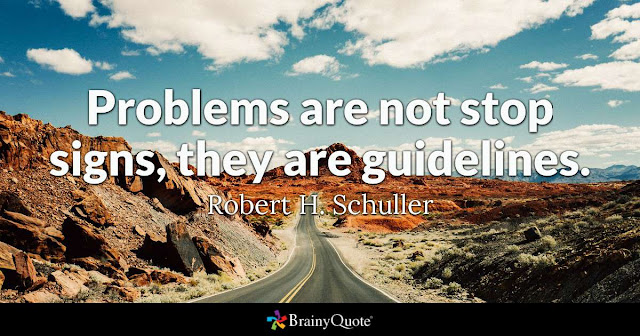Telehealth consultations
Published: 30/05/2020
Phone calls
Safe and confidential telehealth consultations
- Individuals requesting information - Confirm name, job title, department, organisation and telephone number
Consultations
- Prior to the consultation - ensure you have access to the patient’s available medical records
- Introduce yourself to the patient – “Hello this is … from the Hospital/ Community team/ GP surgery.”
- Confirm the patient’s name and date of birth
- Exclude any red flags
- Record the date and time of the call
- Record the consultation in the patient notes
(e-Learning for
Healthcare, 2020a; NHS Health Education Thames Valley, 2016; Car and Sheikh,
2003
Leaving a voicemail / answer phone message
- Need to find a balance between confidentiality and protecting the patient’s health
- Consider:
- Nature and urgency of the contact
- Medium used to contact the patient
Ø
Mobile phone voice message is more likely
to be received by the intended recipient
Ø
Landline voice message could be picked up by
other members of the household
(Information Governance Alliance, 2019)
- Example of a voicemail message: “This is the Hospital/ Community Team / Surgery calling. Please call me back on ….”
Video conferencing
Prior to the consultation
- Ensure you have access to the patient’s available medical records
During the consultation
- Confirm the patient’s name and date of birth
- Confirm their telephone number in-case the video link fails
- Take consent for the video consultation
- Introduce everyone in the room (even those off camera) and ask the patient to do the same (or confirm they are alone)
Ø
For example: Physio says “I am in a shared room
with other physiotherapists, but I am the only person who can hear this call.”
- Record the consultation in the patient notes
(Greenhalgh et al,
2020)
Record keeping
Best practice checklist
- Produce contemporaneous records
- Information is complete
- Save records in a secure place with is easy to find
- The record complies with procedures (both local and organisational)
- Do not duplicate existing records (in your setting)
(e-Learning
for Healthcare, 2020b)
Electronic records
|
Paper records
|
(Information Governance Alliance, 2016)
|
(Information Governance Alliance, 2016)
|
Reference list
Car, J. and Sheikh, A. (2003) ‘Telephone consultations’, BMJ,
[Online] Available at: https://www.bmj.com/content/326/7396/966.
(Accessed: 10 May 2020).
e-Learning for Healthcare (2020a) Data Security Awareness
Level 1: Data Breaches. Available at: https://portal.e-lfh.org.uk/LearningContent/Launch/544107.
(Accessed: 2 May 2020).
e-Learning for Healthcare (2020b) Data Security Awareness
Level 1: Good record keeping. Available at: https://portal.e-lfh.org.uk/LearningContent/Launch/544107.
(Accessed: 2 May 2020).
Greenhalgh, T., Morrison, C. and Koh Choon Huat, G. (2020)
‘Video consultations: a guide for practice’. British Journal of General
Practice [Online] Available at: https://bjgplife.com/2020/03/18/video-consultations-guide-for-practice/.
(Accessed: 27 April 2020).
Information Governance Alliance (2016) Records Management
Code for Practice for Health and Social Care 2016. [pdf] Available at: https://digital.nhs.uk/data-and-information/looking-after-information/data-security-and-information-governance/codes-of-practice-for-handling-information-in-health-and-care/records-management-code-of-practice-for-health-and-social-care-2016.
(Accessed: 14 May 2020).
Information Governance Alliance (2018) NHS: Communication
with patients. [pdf] Available at: https://utv.uea.ac.uk/View.aspx?id=50742~5f~xixBbLDmGF.
(Accessed: 14 May 2020).
NHS Health Education Thames Valley (2016) Telephone
consulting. [pdf] Available at: http://www.oxforddeanery.nhs.uk/pdf/GP_Telephone_1.pdf.
(Accessed: 10 May 2020).

Comments
Post a Comment